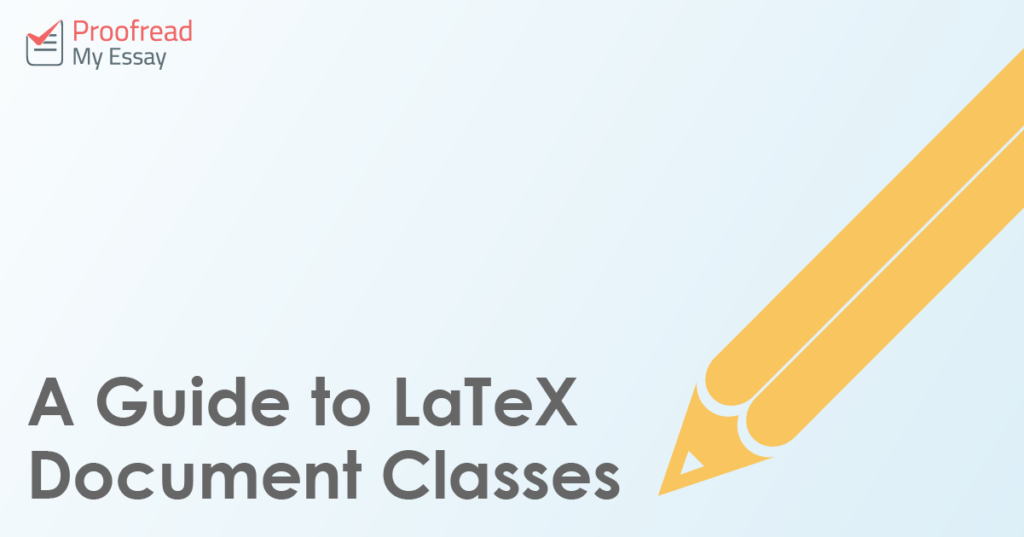LaTeX is a powerful editing tool for preparing documents in the sciences, computing and engineering. You can use it to create a variety of document types, from short letters to entire books. But to make sure your work turns out as intended, you’ll need to understand LaTeX document classes.
Setting a Document Type
All LaTeX documents must include the documentclass markup tag. This controls the overall layout of the document, with different classes offering different default settings.
The documentclass markup always appears at the beginning of the document and allows you to pick the overall document type. For instance, we could set a document up as follows:
This would produce a document formatted as an article (essentially, you can think of this as any short document without chapter breaks). We will run through some common document classes below.
LaTeX Document Classes
There are actually dozens of LaTeX document classes from which to choose. But most of these are specific to particular journals or universities, so you won’t need to use them. However, it is useful to know some of the more common classes. These include the following:
|
Document Class |
Standard Usage |
|
article |
Used for journal articles, short reports, and any other short documents that do not require a cover page and that are not divided into chapters. |
|
beamer |
A popular document class for presentations. Uses a landscape page format and uses slides (or ‘frames’) rather than standard pages. |
|
book |
Used for typesetting books. The book class allows you to use the frontmatter, mainmatter and backmatter commands, which control section and page numbering. |
|
IEEEtran |
For articles published in an IEEE journal format. |
|
letter |
Used to create a formal letter. |
|
memoir |
A version of the book class with additional typesetting options. |
|
proc |
Used for typing up the proceedings of a conference or event. |
|
report |
Ideal for longer articles or shorter books where chapter divides are necessary but where the full book formatting is not required. |
|
slides |
Used to create slides for a presentation. Simpler to use than the beamer class, but with fewer customisation options for complicated presentations. |
Most of these classes also offer a range of options so you can change the general layout and font size. However, if you pick the right class for your document, the default settings will usually suffice.
Find this useful?
Subscribe to our newsletter and get writing tips from our editors straight to your inbox.
